Metropolis 2043
What could our cities look like in 20 years’ time? And what are the challenges global centres are tackling today to prepare for tomorrow? From innovations in carbon capture, to cities designed from scratch, the future might be closer than you think
London: leading in carbon capture
The Plyscraper
By / Aleks Cvetkovic
When envisioning ‘futuristic’ offices, London might not be your first thought. However, nestled on Rivington Street in Shoreditch, The Black & White Building stands as a testament to sustainable construction.
Designed by Waugh Thistleton Architects and constructed entirely from cross-laminated timber (CLT) and laminated veneer lumber (LVL), this seven-floor flexible office space is an eco-friendly marvel. Not only did it take just 14 weeks to build, but it also emits 37% less carbon than a concrete structure. The timber used was responsibly sourced from managed forests that adhere to PEFC and FSC standards.
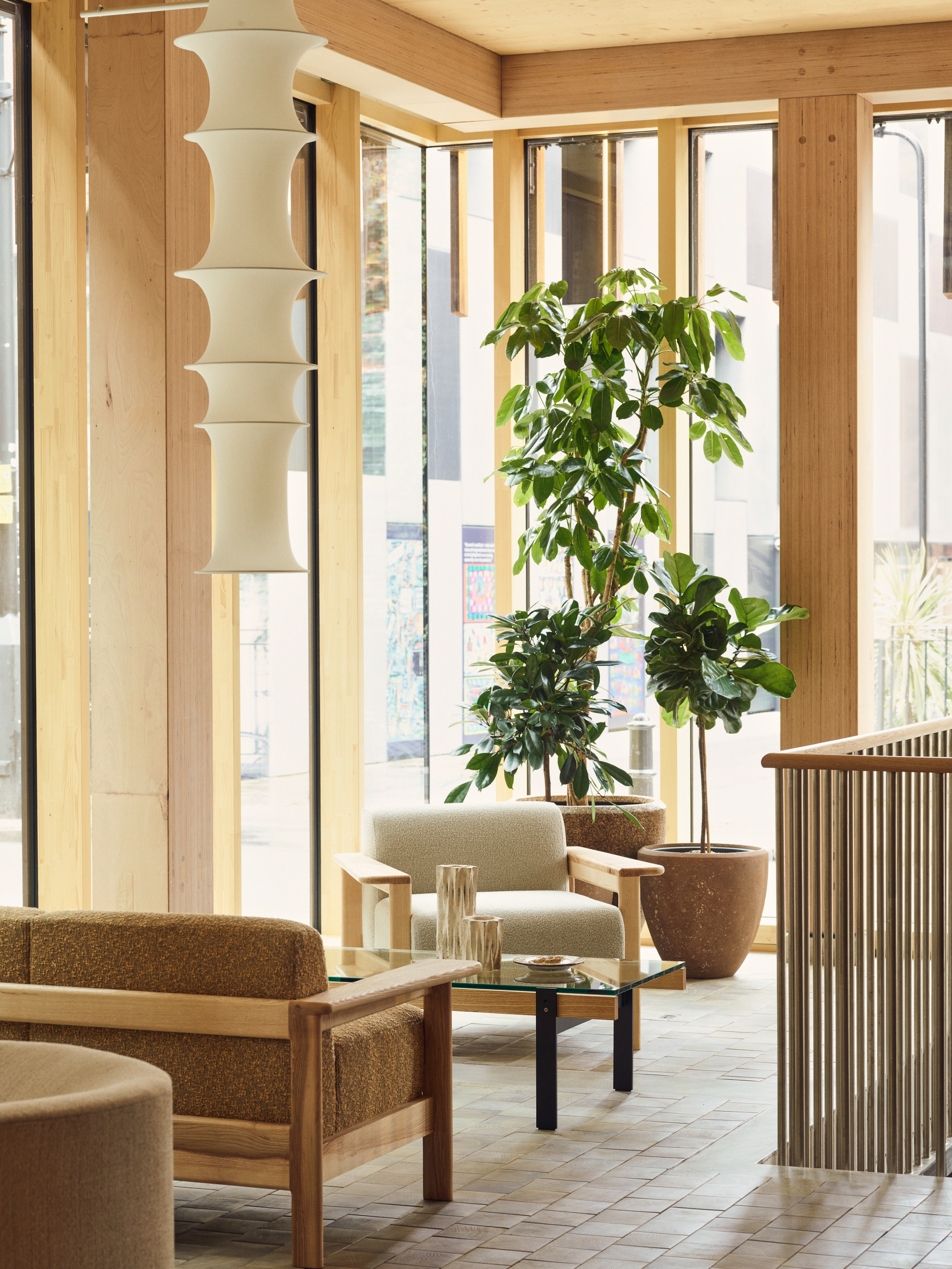
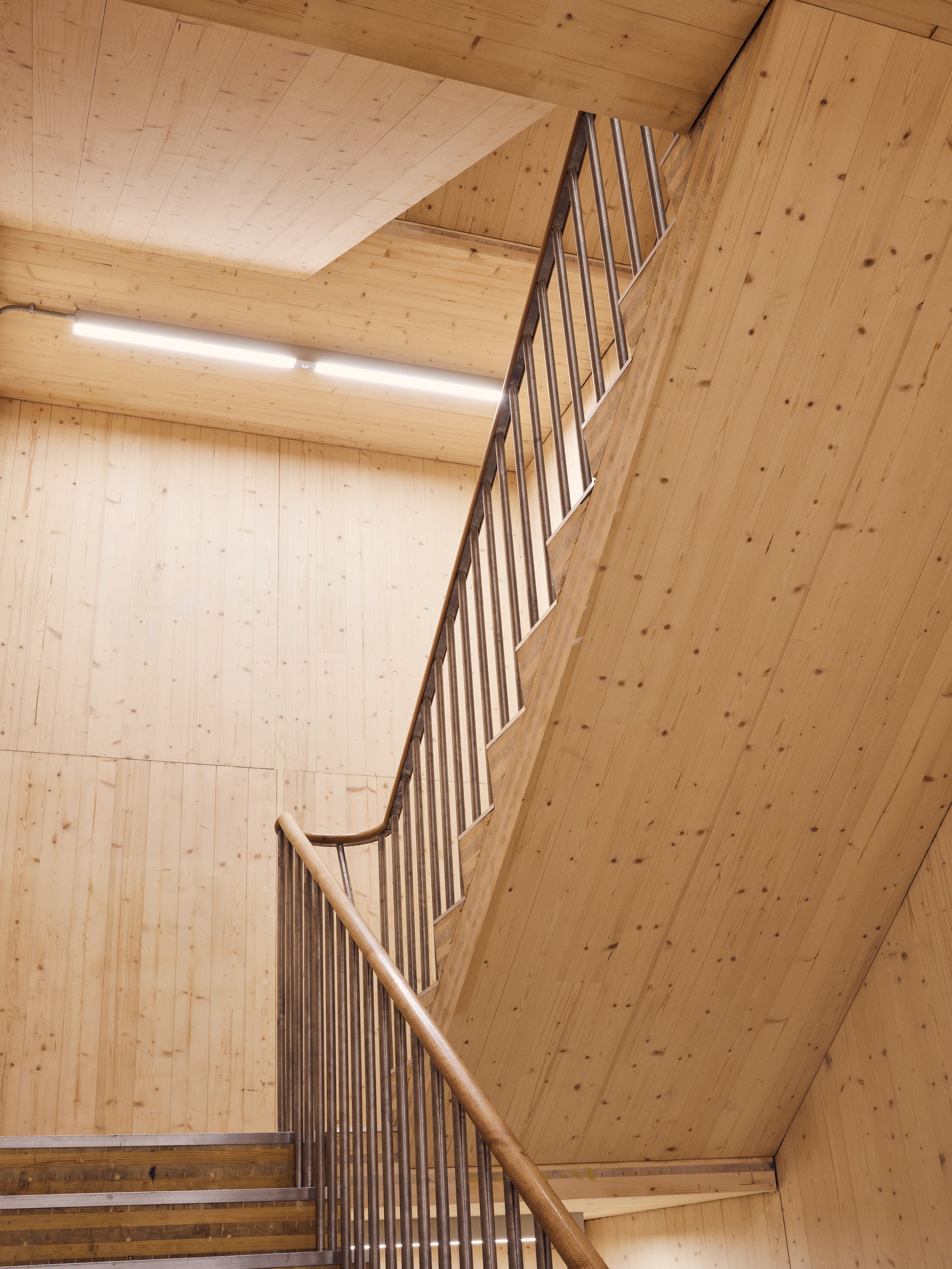
“As an architect, I’ve always been interested in the idea of prefabrication – how do you turn a construction site into an assembly site and increase the site’s efficiency?” says Waugh Thistleton co-principal, Andrew Waugh. “Timber is the perfect solution. Not only that, it’s nature’s carbon store and we can lock away carbon at scale. We’re sequestering 945 tonnes of carbon into the structure of The Black & White Building. That’s the equivalent carbon to a Boeing 747-400 flying for 4,059 hours.”
Inside, the space exudes elegance, with a focus on natural and upcycled materials, reducing stress levels and promoting concentration. The Black & White Building, now the tallest mass-timber office building in central London, sets an example of sustainable construction with circular practices.
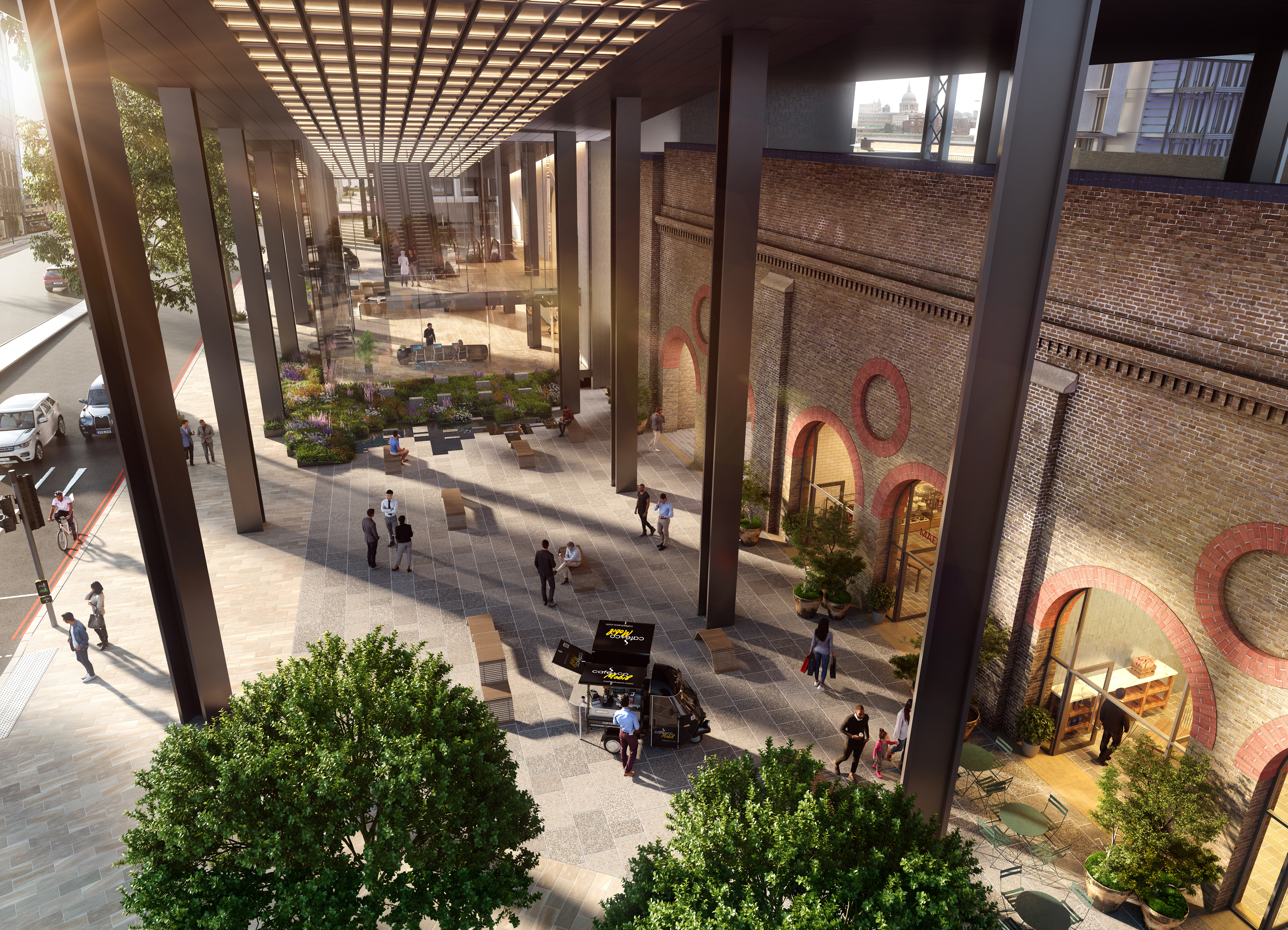
London's smart energy revolution
Bankside Yards, a massive five-and-a-half-acre development on the South Bank created by Native Land, is leading the way as the UK's "first fossil-fuel-free" mixed-use development with a goal of being carbon neutral by 2030. This £2.5 billion project will feature eight new buildings, offices, amenities, bars, restaurants, and even a 5-star urban resort hotel. It will also restore 14 Victorian railway arches that have been closed off for over a century.
How are Native Land doing it? The key, says Felicity Masefield, the company’s Sustainability Lead and Development Executive, is new technology. “We can learn from each building and implement the latest innovations as they develop. There’s always an element of risk in being the first, but we are willing to take it to reap the benefits.”
One key solution is an innovative network that allows buildings to share and optimise energy usage in real time. This fifth generation ambient heat network will result in energy savings of 30-40%. Additionally, Native Land is implementing smart water systems, optimised façades, and air source heat pumps will further enhance energy efficiency. London is racing ahead toward a future where buildings communicate and share energy resources.
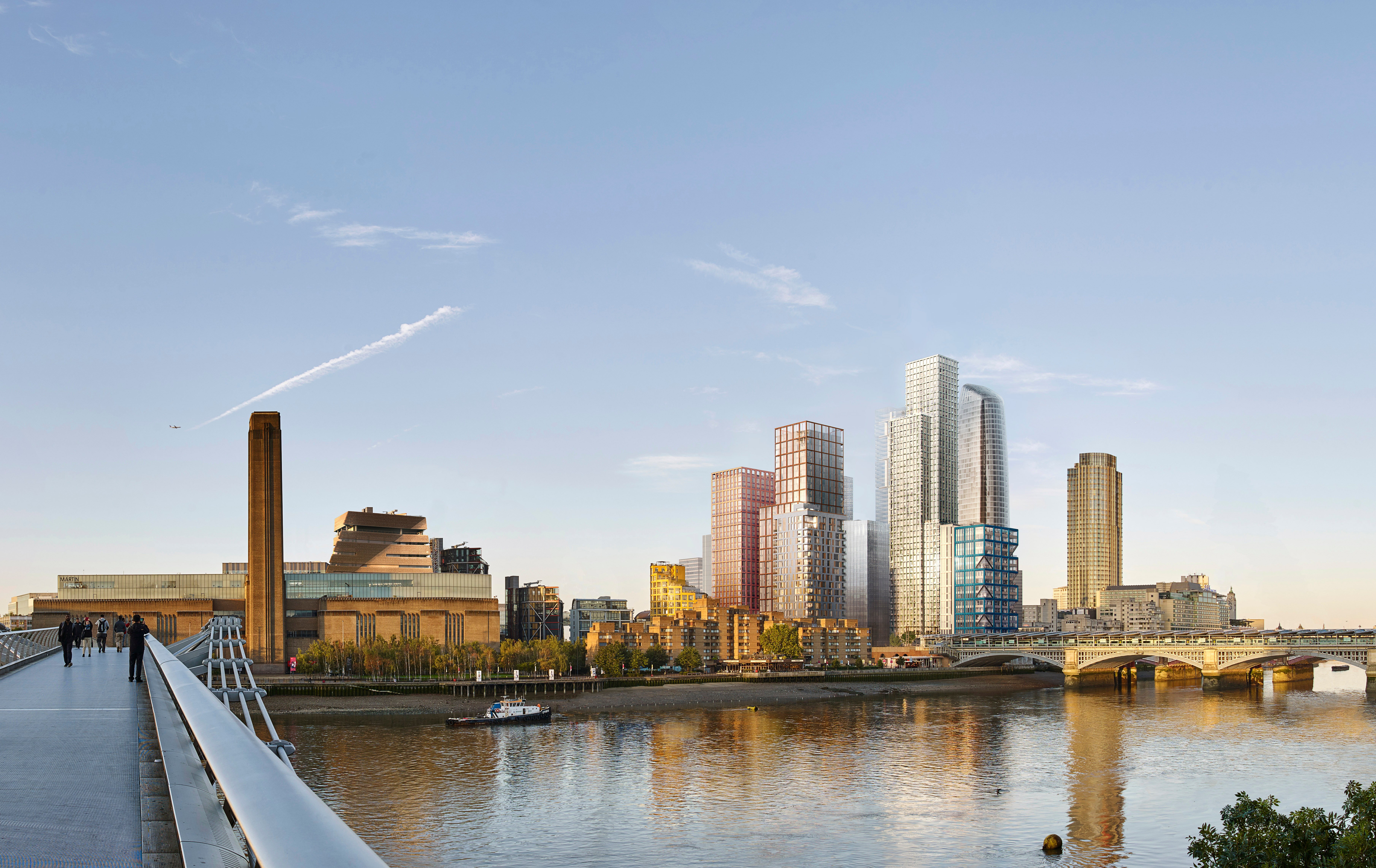
The View from London
By / Flora Harley, Head of ESG Research at Knight Frank
London was declared the world’s first National Park City in July 2019, and the London Plan aims to make more than 50 per cent of the city green by 2050. Developments like Fabrix’s ‘Roots in the Sky’ set the tone, transforming a 1960s building into the UK’s first urban forest. The rooftop is home to 125 trees, 10,000 plants and 1,000 tonnes of soil and operates as a non-profit community garden, with a 3,000 sq ft community barn.
Singapore: how do you stop a city from running out of water?
By / Emma Barlow
Singapore, a city-state with limited freshwater resources, has been a pioneer in addressing water scarcity. It currently imports a substantial amount of its water from neighbouring Malaysia – an agreement that’s set to conclude in 2061.
Singapore’s response? The Four National Taps strategy, which includes water imports (which the government is phasing out), water catchment, desalination and treatment. Together, they are already enabling Singapore to overcome its water shortage and achieve remarkable water resilience. It’s a success story that other cities in increasingly dry or heating climates should heed.

Catchment
Singapore leverages its abundant rainfall by capturing rainwater through an extensive network of drains, canals, and reservoirs. The iconic Marina Barrage, a dam built across the Marina Channel, serves as both a freshwater reservoir and flood defenses. It also provides a recreational space for residents and visitors. The South Beach complex, designed by Foster + Partners, collects rainwater from rooftops, saving a substantial amount.
Desalination
Singapore is a pioneer in desalination, converting seawater into freshwater by removing salt and impurities. The Keppel Marina East Desalination Plant (KMEDP), one of the most advanced in the world, produces 30 million gallons of fresh drinking water daily. It also features a green roof and public park above ground.
Treatment
Singapore's water treatment system is globally acclaimed. It involves multiple steps, including conventional treatment to remove particles and organic matter, microfiltration for smaller particles, and reverse osmosis to eliminate dissolved solids. UV light is used to disinfect the water. The resulting water meets strict drinking water guidelines and contributes significantly to the city's needs.
Additionally, Singapore promotes the reuse of treated wastewater, exemplified by NEWater, a reclaimed water agency that partners with local craft breweries like Brewerkz to create high-quality beer, showcasing the sustainability of the water treatment process.
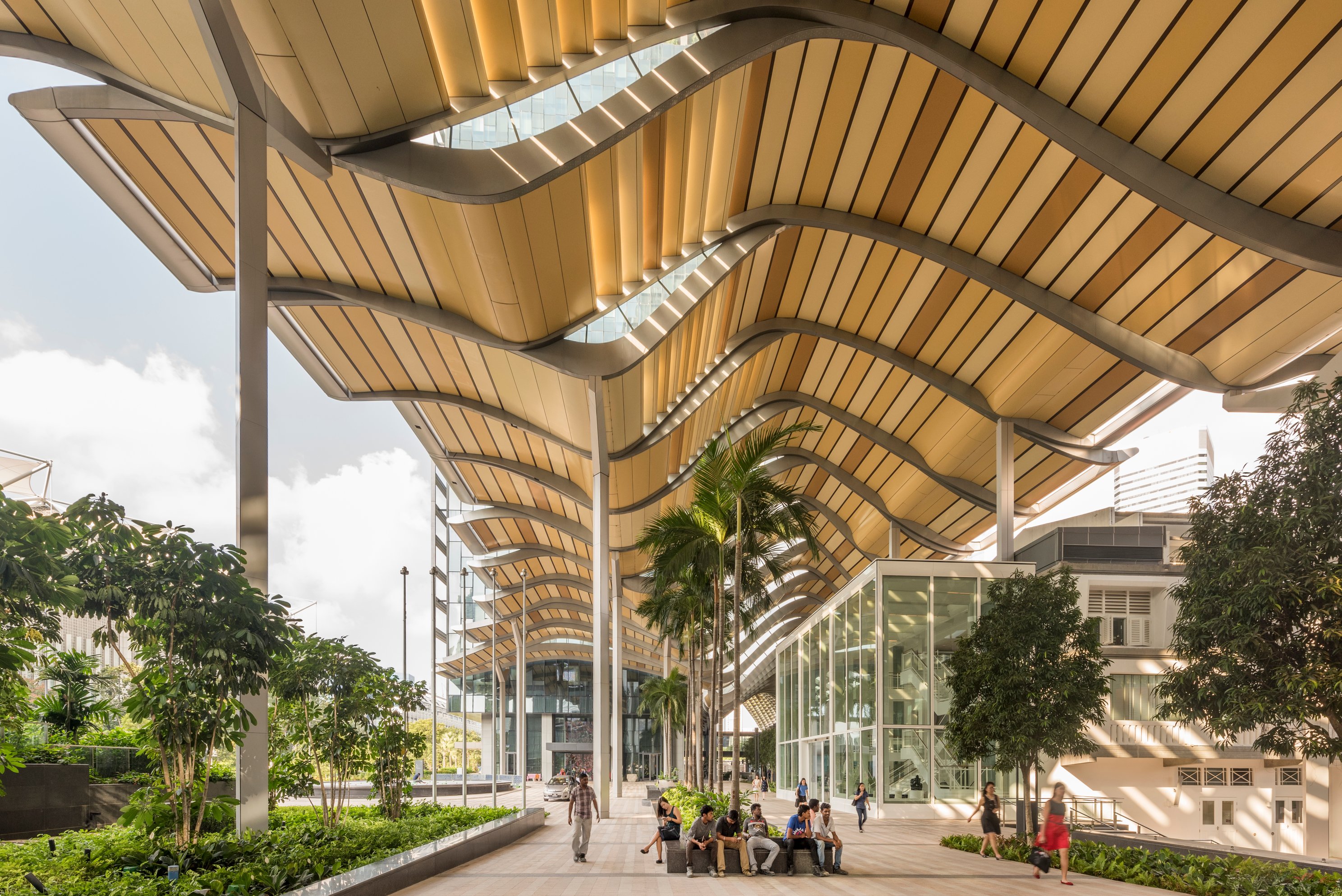
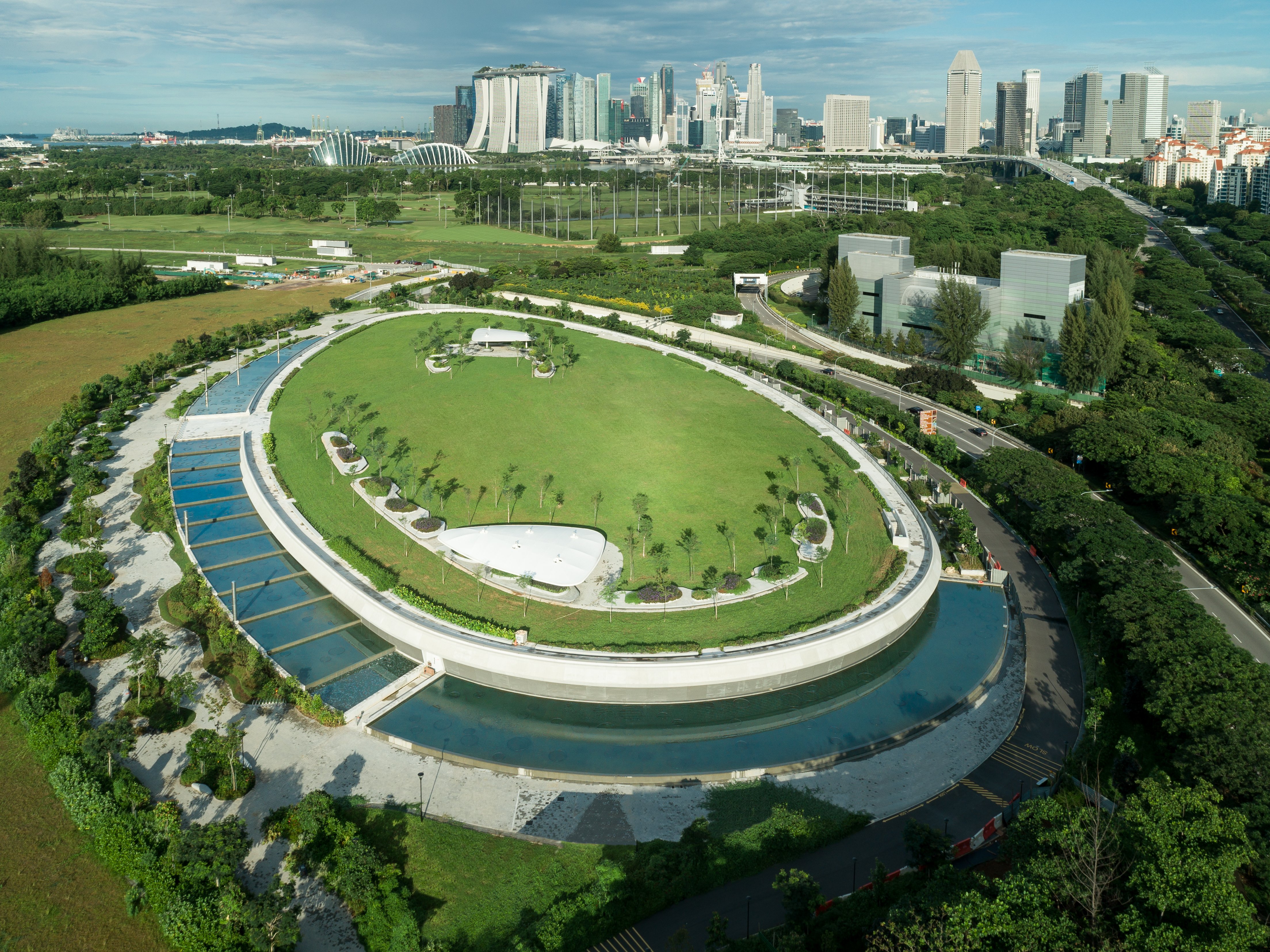
Austin: Quality of life and growth
By / Mark Sprague, State Director of Information Capital, Independence Title Company
While the eyes of the world might look to New York, Los Angeles or even Palo Alto as the future cities of the US, Austin, Texas, has been quietly on the rise. Since 2010, it has outpaced other cities in terms of both population and employment growth, even during national economic downturns.
This growth trajectory is expected to continue, driven in part by well-planned transport infrastructure in areas like Williamson County, which has become one of the fastest-growing counties in the past decade. Austin is known for its spacious housing and affordable cost of living, attracting residents from across the country. Over the last decade, the Austin metro area has expanded by 33%, and it's projected to double by 2050.
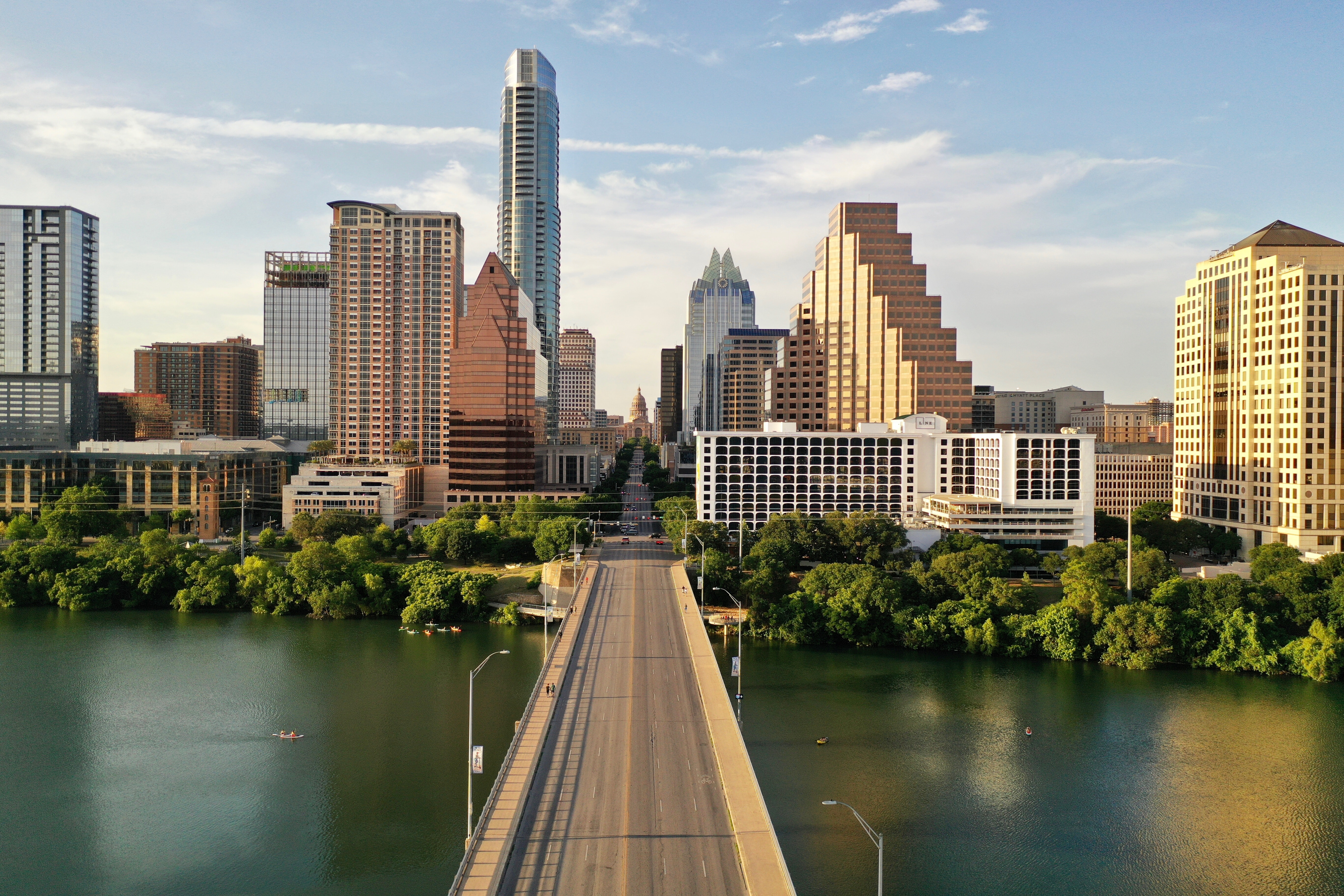
Austin's appeal extends beyond its economic opportunities. It has become a hub for major tech companies like Apple, IBM, Dell, Meta, and Tesla, contributing to job opportunities and economic prosperity.
Additionally, Austin boasts a unique political and cultural environment. Often described as a "blueberry in a bowl of tomato soup" due to its liberal leanings in a predominantly conservative state, Austin hosts world-renowned festivals like SXSW and Austin City Limits. With nearly half of its population aged between 20 and 49, Austin's vibrant and forward-thinking atmosphere positions it as a city to watch for the future.
Malmo: a story of regeneration
By / Johanna Derry Hall
Malmö, once an old industrial city on the verge of economic collapse, has undergone a remarkable transformation. It is now one of Sweden's fastest-growing urban centres, characterised by innovation and creativity, with over 37,000 companies and a youthful population, with nearly half under 35 years old.
Under the leadership of Mayor Katrin Stjernfeldt Jammah, Malmö has taken proactive measures to address climate change, including rising sea levels, storms, and heatwaves, since the late 1990s. As a result, it was recognised by the European Commission as one of the 25 European cities leading the way to climate neutrality by 2030.
Facing unemployment, polluted soil, and abandoned industrial areas, Malmö initiated a competition to transform the industrial port into a residential neighbourhood known as Bo01, often described as a 'city of tomorrow.' This innovative neighbourhood became Europe's first to achieve zero CO2 emissions. Building on this success, Malmö has implemented these sustainable practices on a city-wide scale.
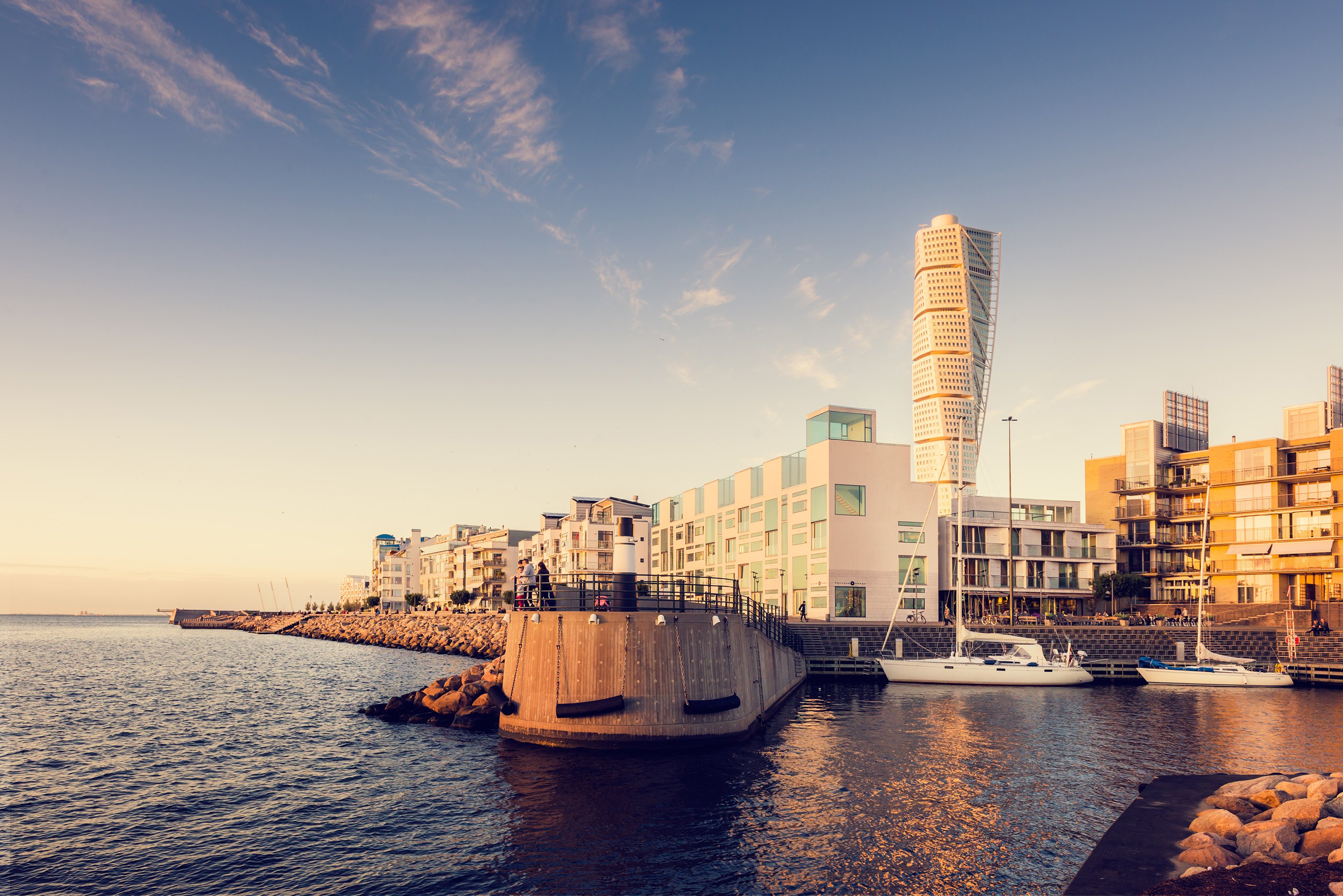
City planning in Malmö has been reimagined to create more inclusive and mixed communities, addressing social inequalities. Collaborating with local businesses, civil society, and residents, the city has invested heavily in green transportation, resilience to extreme weather events, and emission reduction targets for businesses. Notable examples include the transformation of the Augustenborg district, which is now protected from flooding through water channels and retention ponds, along with green roof installations.
The success of Malmö's transformation is attributed to a collaborative spirit among local stakeholders, which has positioned the city as a global leader in sustainability and innovation.